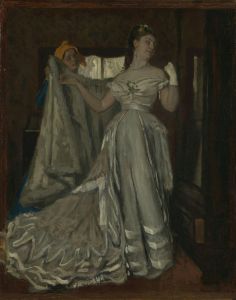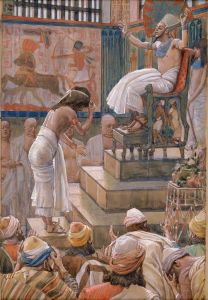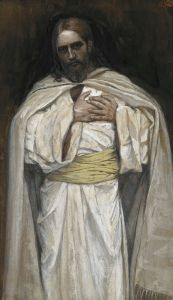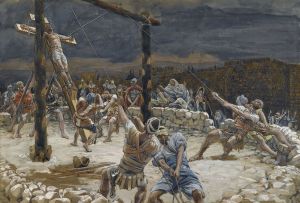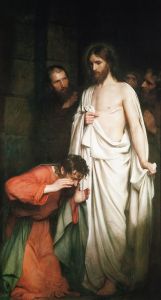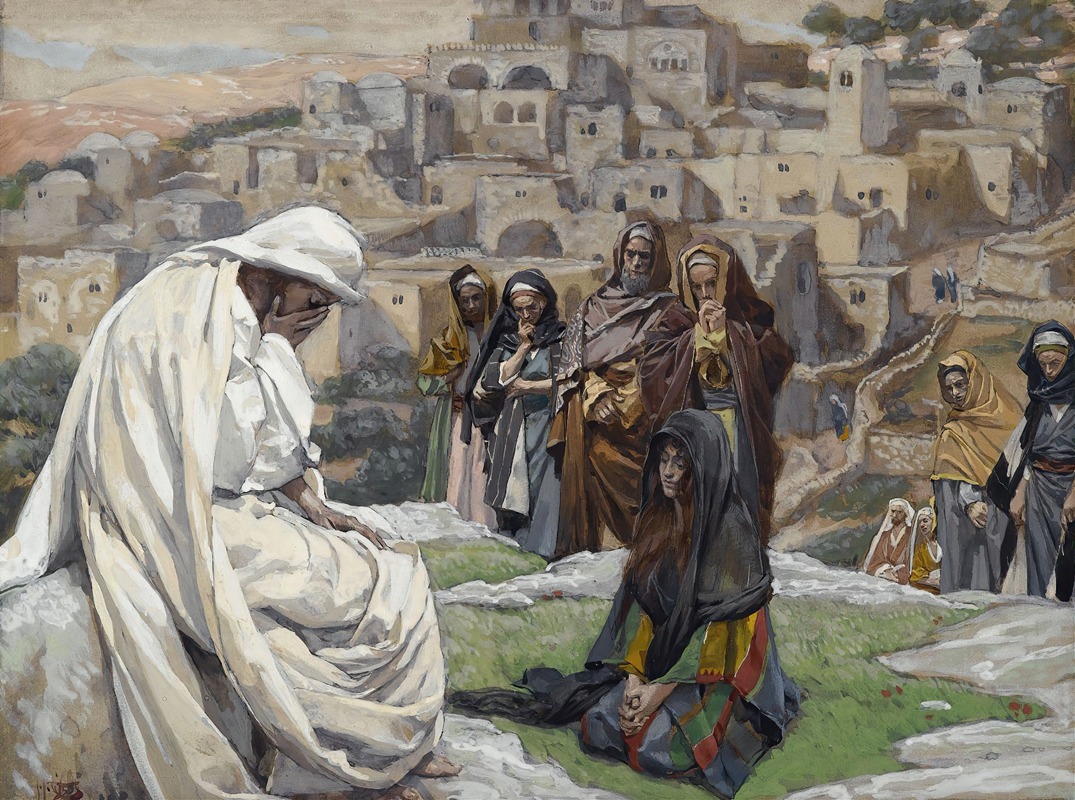
Jesus Wept
A hand-painted replica of James Tissot’s masterpiece Jesus Wept, meticulously crafted by professional artists to capture the true essence of the original. Each piece is created with museum-quality canvas and rare mineral pigments, carefully painted by experienced artists with delicate brushstrokes and rich, layered colors to perfectly recreate the texture of the original artwork. Unlike machine-printed reproductions, this hand-painted version brings the painting to life, infused with the artist’s emotions and skill in every stroke. Whether for personal collection or home decoration, it instantly elevates the artistic atmosphere of any space.
"Jesus Wept" is a painting by the French artist James Tissot, known for his detailed and evocative works that often explore biblical themes. Tissot, who lived from 1836 to 1902, was a prolific painter and illustrator, and his religious works are among his most celebrated contributions to art.
James Tissot's journey into religious art began in earnest after a transformative period in his life. Originally known for his society paintings and portraits, Tissot experienced a profound religious awakening in the late 19th century. This shift in focus led him to dedicate a significant portion of his career to illustrating the Bible, resulting in a comprehensive series of watercolors depicting scenes from both the Old and New Testaments.
"Jesus Wept" is part of Tissot's ambitious project, "The Life of Christ," which consists of over 350 watercolors. This series was created between 1886 and 1894, following Tissot's extensive travels to the Middle East. His journey was motivated by a desire to accurately capture the landscapes, architecture, and cultural details of the biblical settings, lending authenticity and depth to his work.
The painting "Jesus Wept" specifically illustrates the shortest verse in the Bible, John 11:35, which simply states, "Jesus wept." This moment occurs in the context of the story of Lazarus, whom Jesus raises from the dead. The verse captures Jesus' deep compassion and empathy for the mourning of Lazarus's sisters, Mary and Martha, and the sorrow of those around them.
Tissot's depiction of this scene is characterized by his meticulous attention to detail and his ability to convey emotion. The painting captures the solemnity and humanity of Jesus, emphasizing his empathy and connection to human suffering. Tissot's use of color, light, and composition in "Jesus Wept" reflects his broader artistic style, which combines realism with a deep sensitivity to the spiritual and emotional dimensions of his subjects.
The "Life of Christ" series, including "Jesus Wept," was first exhibited in Paris in 1894 and later in London, where it received widespread acclaim. The series was eventually acquired by the Brooklyn Museum in New York, where it remains a significant part of their collection. Tissot's work continues to be appreciated for its artistic merit and its insightful portrayal of biblical narratives.
James Tissot's "Jesus Wept" remains a poignant representation of one of the most human moments in the New Testament, capturing the depth of Jesus' compassion and the universality of grief. Through his careful and respectful approach to biblical storytelling, Tissot's work invites viewers to reflect on the enduring themes of empathy and humanity.







